How incredibly short are attoseconds? And how can such ultrashort laser pulses enable innovative approaches, both now in the field of basic research and in the future in practical applications in the field of medical diagnostics? Prof. Ferenc Krausz explores these questions in his online lecture held in German.
- Alle
- Scientific videos
- Basics
- PhotonLab
- GYPT
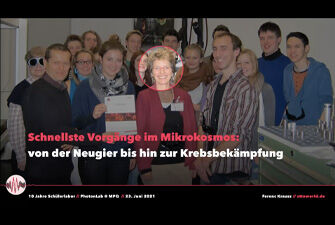
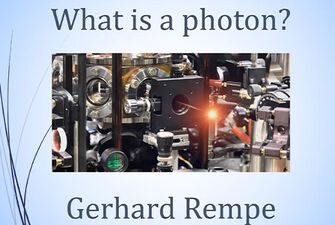
What is a photon? What sounds like a basic physics course turns out in Prof. Rempe's lecture to be a question not easily answered in the course of the history of science. Nevertheless, there is an amazingly catchword-like answer at the end of the video! The talk is in German language. However, the accompanying text and images are in English.
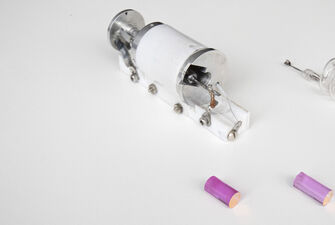
On May 16, 1960, the laser was born. The device that Theodore Maiman built, still exists. Together with Ted Maiman's lab book, the historic laser is on display at the Max Planck Institute of Quantum Optics. Dr. Matthew Weidman, group leader of the attosecond metrology 2.0 team in attoworld, explains the individual components and the principle of how a laser works.
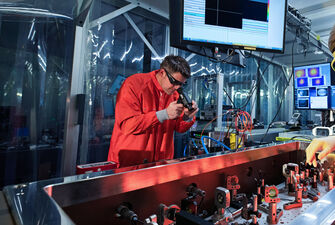
Scientists at the Laboratory for Attosecond Physics have developed a unique laser technology for the analysis of the molecular composition of biological samples. Could a combination of laser sciences and molecular detection be cracking the limits of molecular sensing?
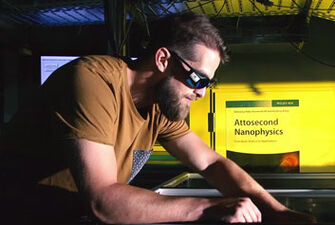
Johannes Schötz is one of the PhD students in the team of the Laboratory of Attosecond Physics. During summer 2017 we have accopompanied him with the camera. Here we present his work at the Max Planck Institute of Quantum Optics and the Ludwig-Maximilians Universität.
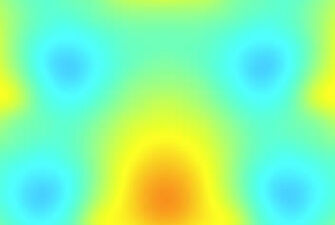
The view inside the laboratory of Electron Diffractometry shows how LMU physicists control electron pulses with Terahertz radiation and how they use them to produce movies of the microcosm.
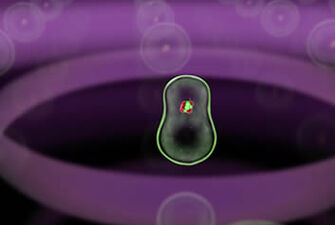
Our video from the laboratory shows scientists exploring how electrons react under the influence of light by using attosecond light flashes.
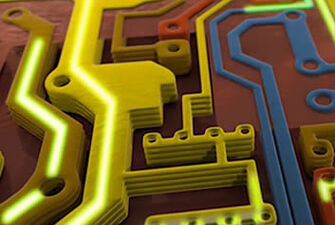
The movie shows how scientists of the Laboratory for Attosecond Physics try to speed up future technologies by using light as a switch.

On May 16, 1960, the laser was born. The device that Theodore Maiman built, still exists. Together with Ted Maiman's lab book, the historic laser is on display at the Max Planck Institute of Quantum Optics. Dr. Matthew Weidman, group leader of the attosecond metrology 2.0 team in attoworld, explains the individual components and the principle of how a laser works.
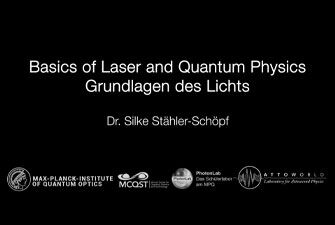
Eine Einführung in die faszinierende Welt des Lichts von Silke Stähler-Schöpf aus dem Max-Planck-Institut für Quantenoptik (Schülerlabor PhotonLab).


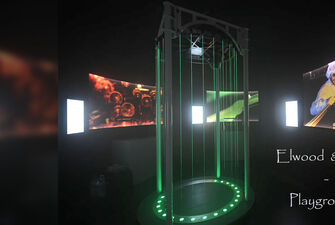
The Munich music duo "Elwood & Reßle" has recorded a song especially for the laser harp of our exhibition "Lasers | Light | Life". Lean back and listen!









